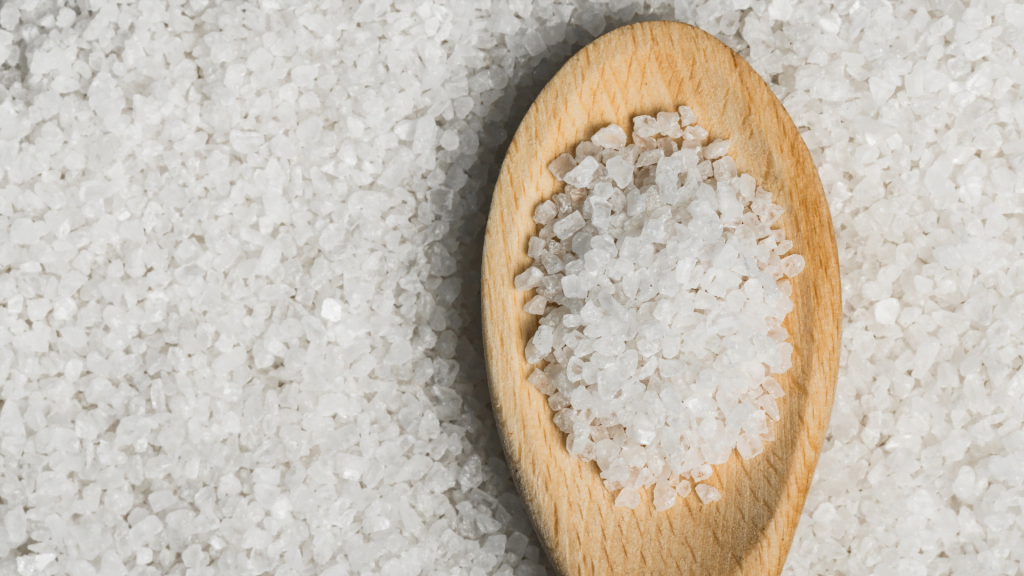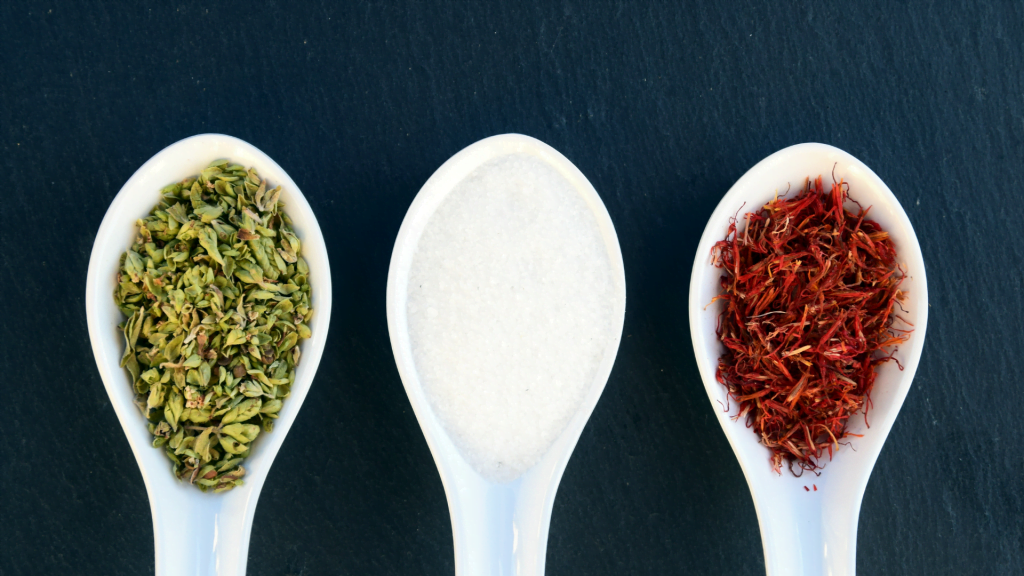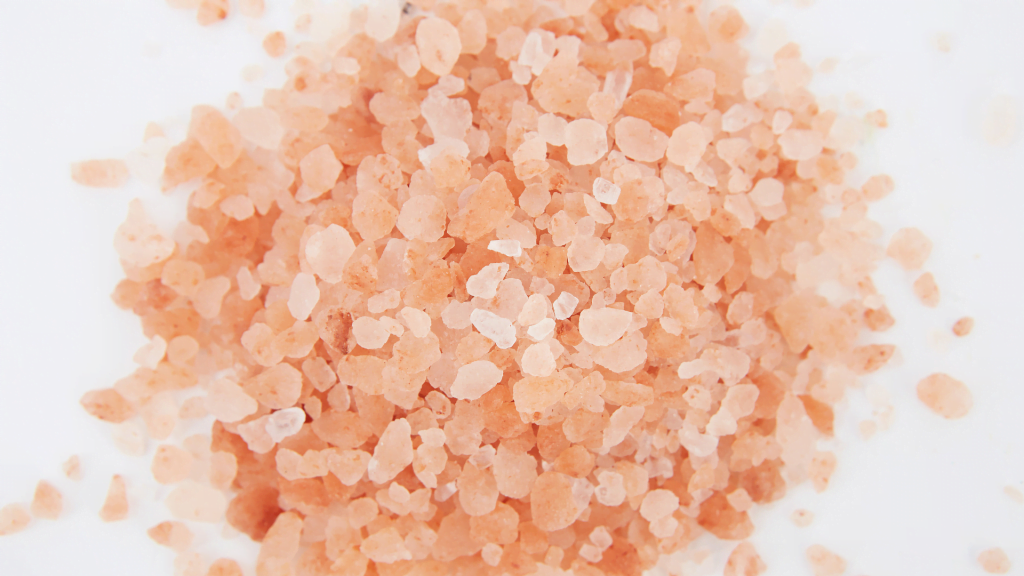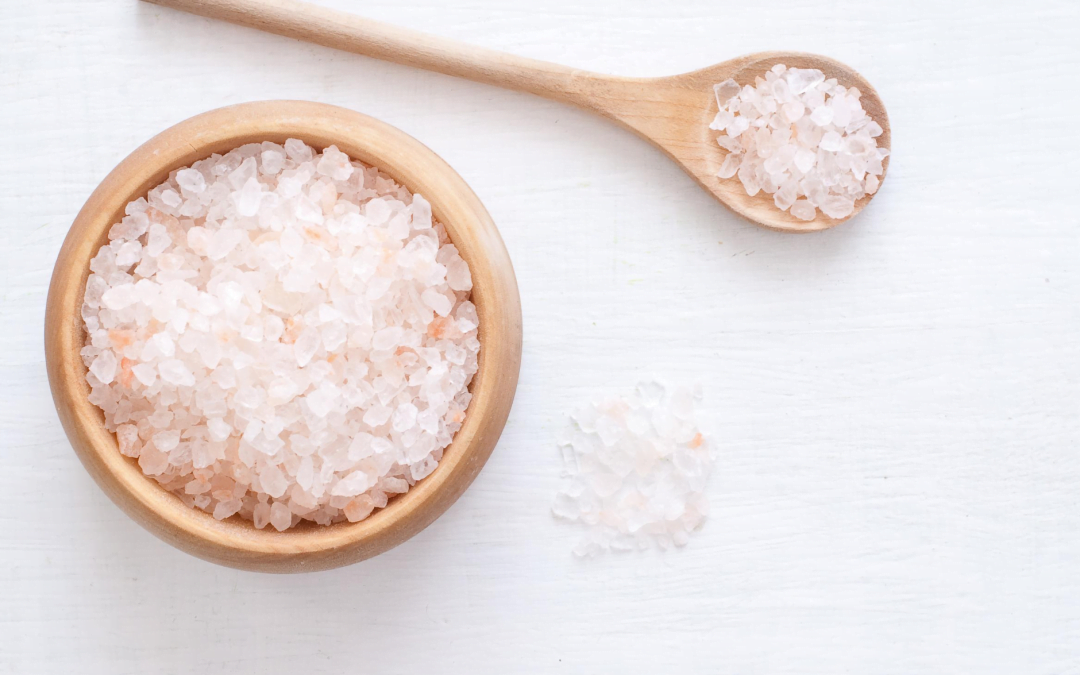Salt and Your Health
Salt is essential for life and we do need to consume some salt in our diet. However most of us consume more salt than we actually need.
Too much salt can have a negative impact on your health & is linked to conditions including:
- high blood pressure
- heart failure/heart attack
- kidney problems and kidney stones
- oedema (fluid retention)
- stroke
- left ventricular hypertrophy (thickening of heart muscle)
- osteoporosis
Note: Sodium is a nutrient. We primarily consume sodium in the form of sodium chloride, otherwise known as “salt”. To simplify things, I will refer to sodium as “salt” in this article but when you look for salt on a food label, look for both words “salt” and “sodium”.
How Much Salt Should You Consume?
The average Australian should aim to consume less than 5 grams (2000mg) of salt a day, which is just under 1 teaspoon! Most of us are exceeding this, with the average Australian consuming about 9 grams daily!

How Can You Reduce Your Salt Intake?
- Eat more fresh foods – most packaged foods have salt added to them for flavour and /or to preserve them, so the more fresh food that you consume in place of processed packaged foods, the less salt you will naturally be consuming.
- Check food labels – look for the words “no added salt” or “low salt” or “salt reduced” on food labels. You can also use the nutrition information panel on the back of food packages. Salt is listed as ‘sodium’. Look for foods with:
1) less than 120 mg sodium per 100 g are considered low in salt.
2) compare the amount of sodium in food products using the per 100g column and choose the one with the least sodium. Click here to learn how to read food labels through my Nourish Naturally Program.
- Use herbs, spices, garlic, ginger etc to flavour foods instead of adding salt during cooking or to your meals. Click here for some free recipes to flavour your meals.
- Be aware of high salt foods – processed meats (ham, salami, bacon, sausages etc), pre-made sauces, cheese, stock, broths, bread, biscuits, crackers, premade soups, chips, dressings, pizza, frozen meals, tinned foods etc. Reduce your intake of these foods and swap them for foods lower salt options using the techqniues above or make your own homemade versions. Note that some of these foods may not even taste salty like biscuits and bread, but still contain added salt.

What About Different Types of Salt?
Salt is salt. It doesn’t matter if the salt you choose is pink, red, black, grey, Himalayan, Koscher, natural or crystal salt, they all has the same effect on the body. Although some natural salts may provide other very small amounts of minerals to the body, the sodium content will be the same and have the same impact on the body.



Wonderful Advice Bec
What would you recommend on iodine and salt?
This information is so vitally important! Thank you for sharing it!
Thank you 🙂
What type of salt would be most beneficial in terms of having extra minerals in them